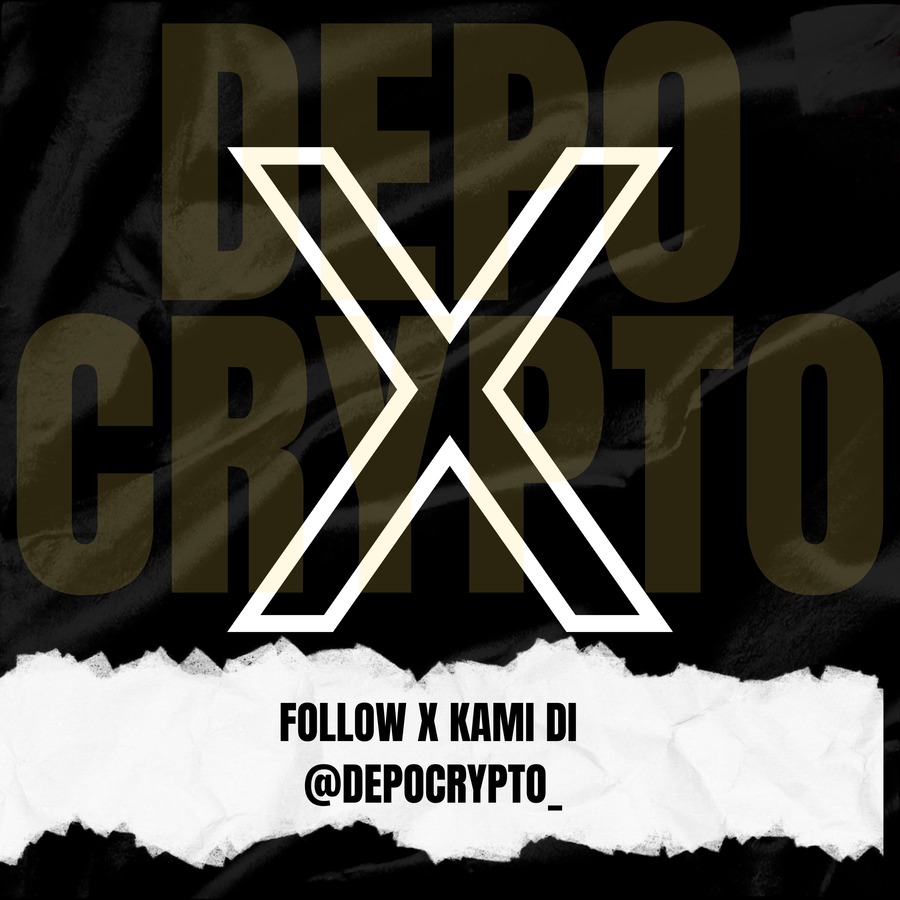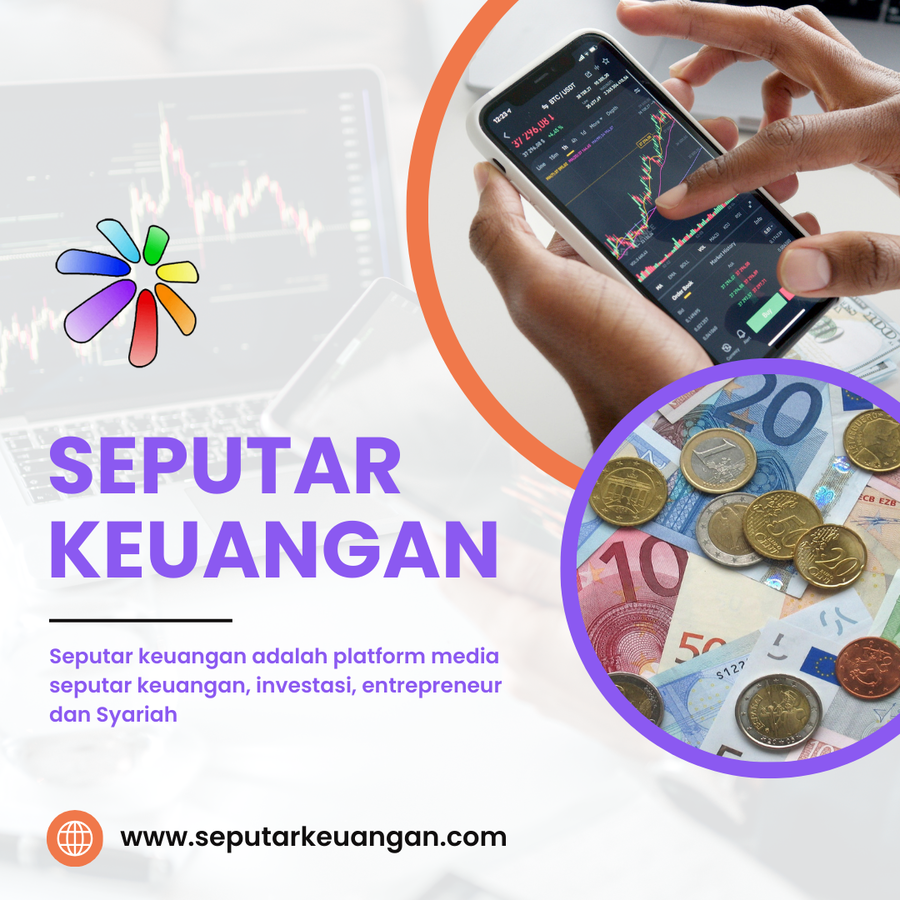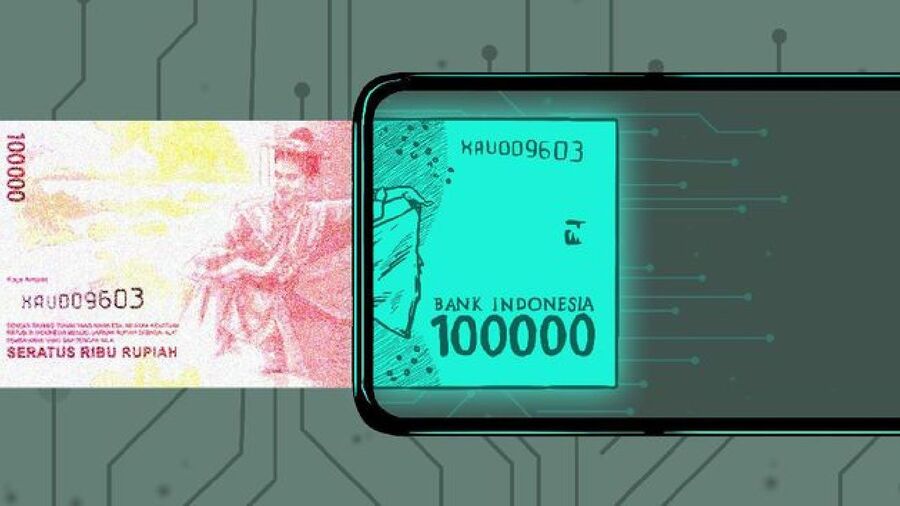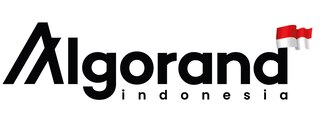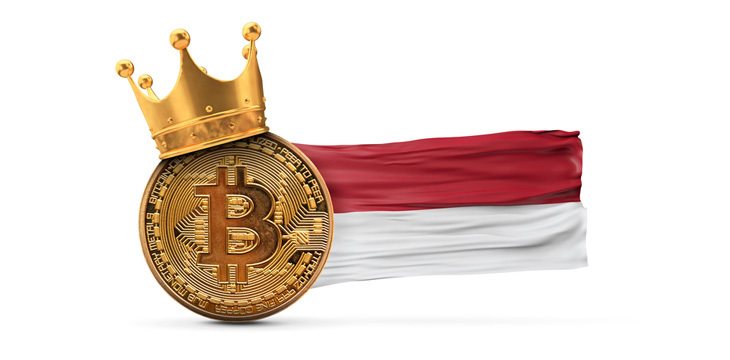
Indonesia’s Central Bank to Launch Bond-Backed Stablecoin Linked to Digital Rupiah (CBDC)
Indonesia Charts a Unique Course for a “National Stablecoin”
Bank Indonesia (BI) is advancing plans to issue a tokenized government‑bond‑backed digital instrument linked to its forthcoming Digital Rupiah—essentially a version of a sovereign stablecoin.
What is the plan?
At the recent Indonesia Digital Finance and Economy Festival & Fintech Summit (October 2025), BI Governor Perry Warjiyo stated:
“With the Digital Rupiah, we will issue how Bank Indonesia’s rupiah securities have a digital version. Digital Rupiah with underlying SBN (government securities). This is the stable‑coin version, officially Indonesian.”
Key elements:
- The digital instrument is described as a “digital version” of the nation’s government bonds (Surat Berharga Negara – SBN) tied to the Digital Rupiah.
- It is positioned as a kind of national stablecoin rather than a purely fiat‑pegged one.
- BI sees this as part of its broader strategy: modernising the payments and financial infrastructure via tokenised assets and central bank digital currency (CBDC) integration.
Why is this significant?
- If realised, Indonesia would become among the first emerging economies to directly link sovereign bonds with a digital currency infrastructure.
- It reflects a shift from simply exploring a Digital Rupiah toward using tokenised government securities as the underpinning of new digital money forms.
- It combines three strands: central‑bank digital currency, tokenisation of real assets (government debt), and stablecoins (or stablecoin‑like instruments) under sovereign control.
Latest updates & context
- BI has completed a proof‑of‑concept (PoC) for the wholesale Digital Rupiah “cash ledger” stage—testing the digital money infrastructure for large value/inter‑bank use.
- BI plans to move into the “securities ledger” stage, allowing the Digital Rupiah infrastructure to be used for monetary operations and financial market transactions, not just retail payments.
- The financial regulator, Otoritas Jasa Keuangan (OJK), is increasingly engaged. It has begun sandboxing rupiah‑based stablecoin projects and evaluating regulatory requirements.
What are the design & regulatory features?
- BI’s design foresees two forms: wholesale (w‑Digital Rupiah) and retail (r‑Digital Rupiah). The retail form targets the general public, while the wholesale form is for financial‑market infrastructure.
- Technology: BI’s PoC tested DLT (distributed‑ledger technology) platforms for privacy, interoperability, and integration with conventional financial infrastructures.
- Regulatory considerations: CBDCs bring risks around bank‑deposit substitution, financial stability, and legal frameworks. BI continues evaluating these issues.
Challenges & considerations
- Legal clarity: Stablecoins and tokenised securities raise questions about legal status, investor protection, AML obligations, and central‑bank responsibility.
- Technology & interoperability: The DLT layer must integrate with existing payment and settlement systems, ensure privacy, and support cross‑border ambitions if applicable.
- Financial stability: A widely usable digital instrument backed by bonds could affect bank deposits, liquidity, and the transmission of monetary policy.
- Adoption & infrastructure: Retail users and merchants must adopt new wallets and payment rails, while wholesale integration must connect with bond markets and settlement systems.
- Global/regional competition: Indonesia is not alone in exploring CBDCs and stablecoin‑type digital money; its positioning regionally could affect capital flows and regulatory coordination.
What next? Timeline & outlook
- Focus is on the wholesale Digital Rupiah infrastructure and digital securities ledger first. Retail roll‑out is likely between 2025–2030.
- BI and regulators will likely issue consultations, sandbox frameworks and guidance for digital-token operations.
- Once launched, pilot issuances of tokenised SBNs in digital form could occur, with the Digital Rupiah acting as the payment/clearing asset.
- This could enhance Indonesia’s digital finance ecosystem, strengthen the rupiah’s digital usage, and position the country as a regional innovation hub.
Why this matters for Indonesia and beyond
- For Indonesia: It represents a leap toward modernised payments and financial‑market infrastructure, faster settlement times, smarter asset‑token integration, and broader financial inclusion.
- For the region: Indonesia’s model may set a precedent for other emerging economies considering digital currencies linked to tokenised public assets.
- For markets: Investors in government bonds, fintech companies, and digital‑asset service providers will monitor developments closely.
- For risks: Cybersecurity, operational resilience, regulatory oversight, and cross‑border interaction are key factors to manage.
Conclusion
Indonesia’s plan for a “sovereign stablecoin‑type” digital asset—backed by government bonds and tied to a central-bank-issued digital currency—is ambitious and relatively novel in the emerging-market context. With technological testing and regulatory preparation underway, the project could mark a significant shift in how national currencies and financial systems evolve in the digital age.


